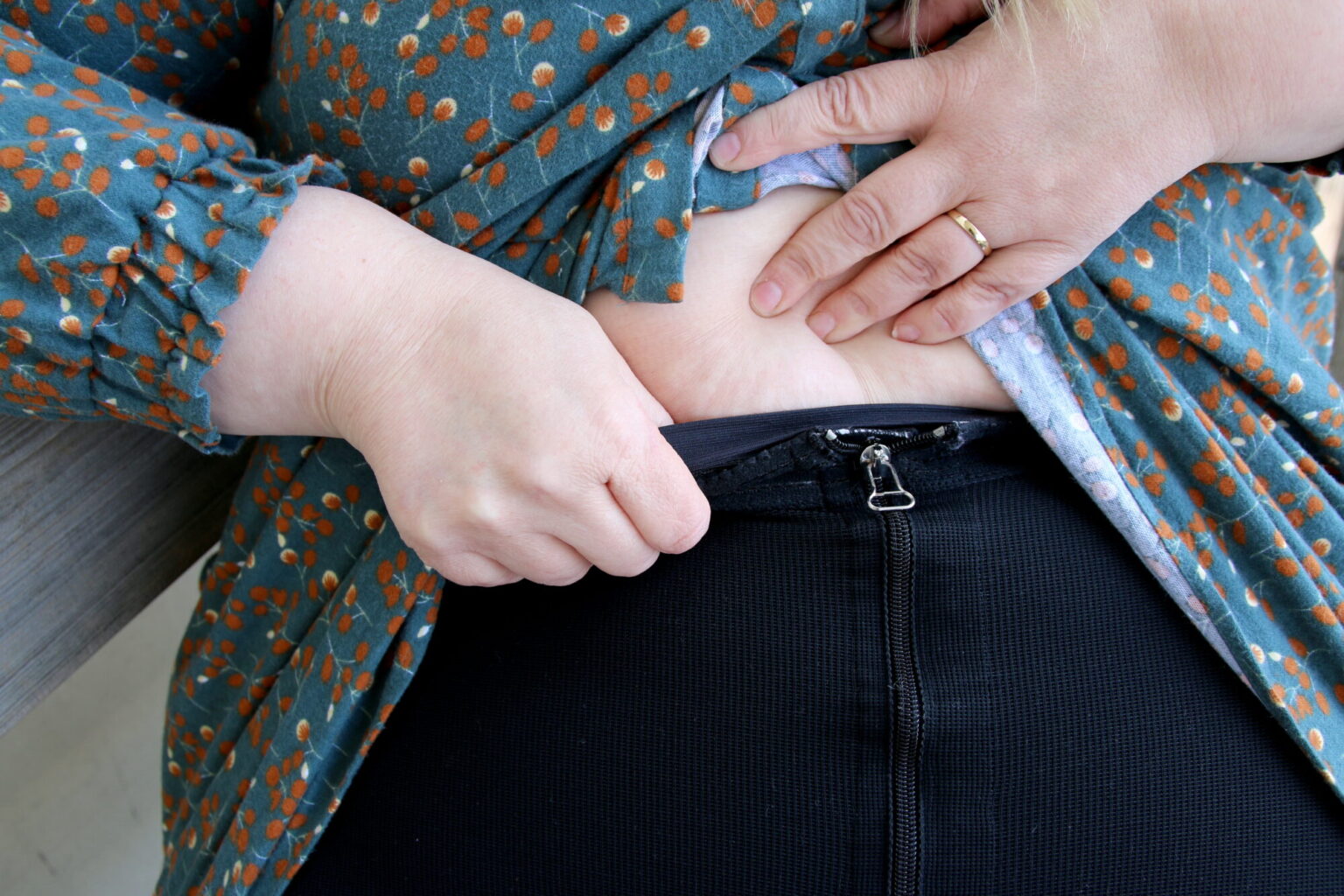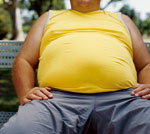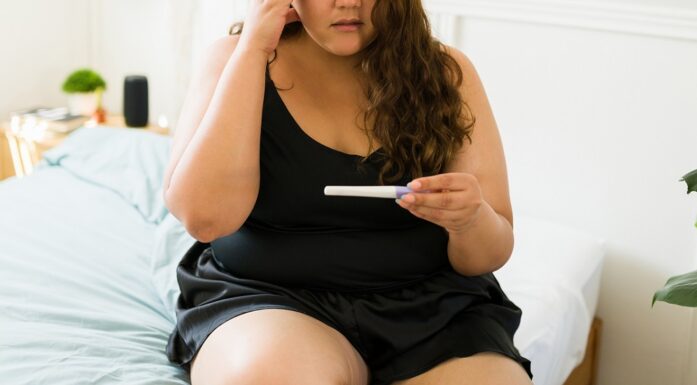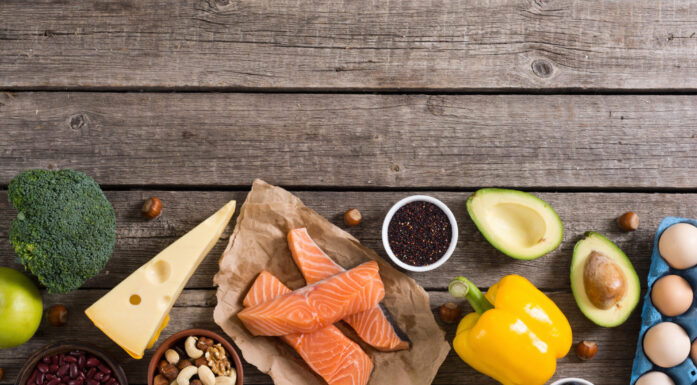Sunniva had tried every diet – but with little success
Recent research shows that lipoedema and its painful, difficult-to-lose fat hurts less when patients are on a low-carb diet.
The short version
- Lipoedema is thought to be a common, but little-known disease that mainly affects women.
- The disease is painful. Lipoedema is characterized by disproportionate and excess fatty tissue on the thighs and calves, and sometimes on the arms, while the hands and feet are unaffected.
- A new doctoral thesis at NTNU investigated the relationship between two different diets and the effect on pain, quality of life, body weight and body composition, appetite and inflammation.
It all started when she was in lower secondary school.
Her thighs, calves and upper arms suddenly began to grow, and she could not understand why it was so painful. It was not until she was over 40 years old that Sunniva Kwapeng was diagnosed with lipoedema.
However, before a correct diagnosis was made, she tried all sorts of diets – with little success.
A recent NTNU study shows that her experience is quite typical. It is unlikely that the body fat associated with lipoedema can be lost through dieting.
Limited knowledge
“Despite this being a disease that affects many women, little is known about it, which is rather thought-provoking,” said Julianne Lundanes, a former PhD candidate at NTNU.

“This is a poorly understood patient group, and many live with shame. There has been increased focus on lipoedema in recent years. We hope that our work can contribute to a better understanding of the disease and treatment for these women,” says Julianne Lundanes, a former doctoral research fellow at NTNU. Photo: Anne Sliper Midling
Lipoedema is a poorly understood disease that primarily affects women.
The disease is characterized by disproportionate and excess fatty tissue on the thighs and calves, and sometimes on the arms, while the hands and feet remain unaffected.
Lundanes recently submitted her doctoral thesis at NTNU on the relationship between two different diets and their effects on pain, quality of life, body weight and composition, appetite and inflammation.
- You might also like: Why you feel hungrier after you lose weight
Some people also become obese
Lipoedema is painful. It can be painful to move, and it is easy for people with the disease to get caught up in a vicious cycle of inactivity and reduced quality of life. Lipoedema is often mistaken for obesity, but they are two distinct conditions.
If a person with lipoedema loses weight, it is common to see normal fat disappear, such as on the stomach, while the calves and thighs remain the same size. When a person is obese, fat can be stored all over the body, both under the skin and around the internal organs.
In lipoedema, the accumulation of fatty tissue occurs mainly under the skin on the hips, thighs, calves and arms.
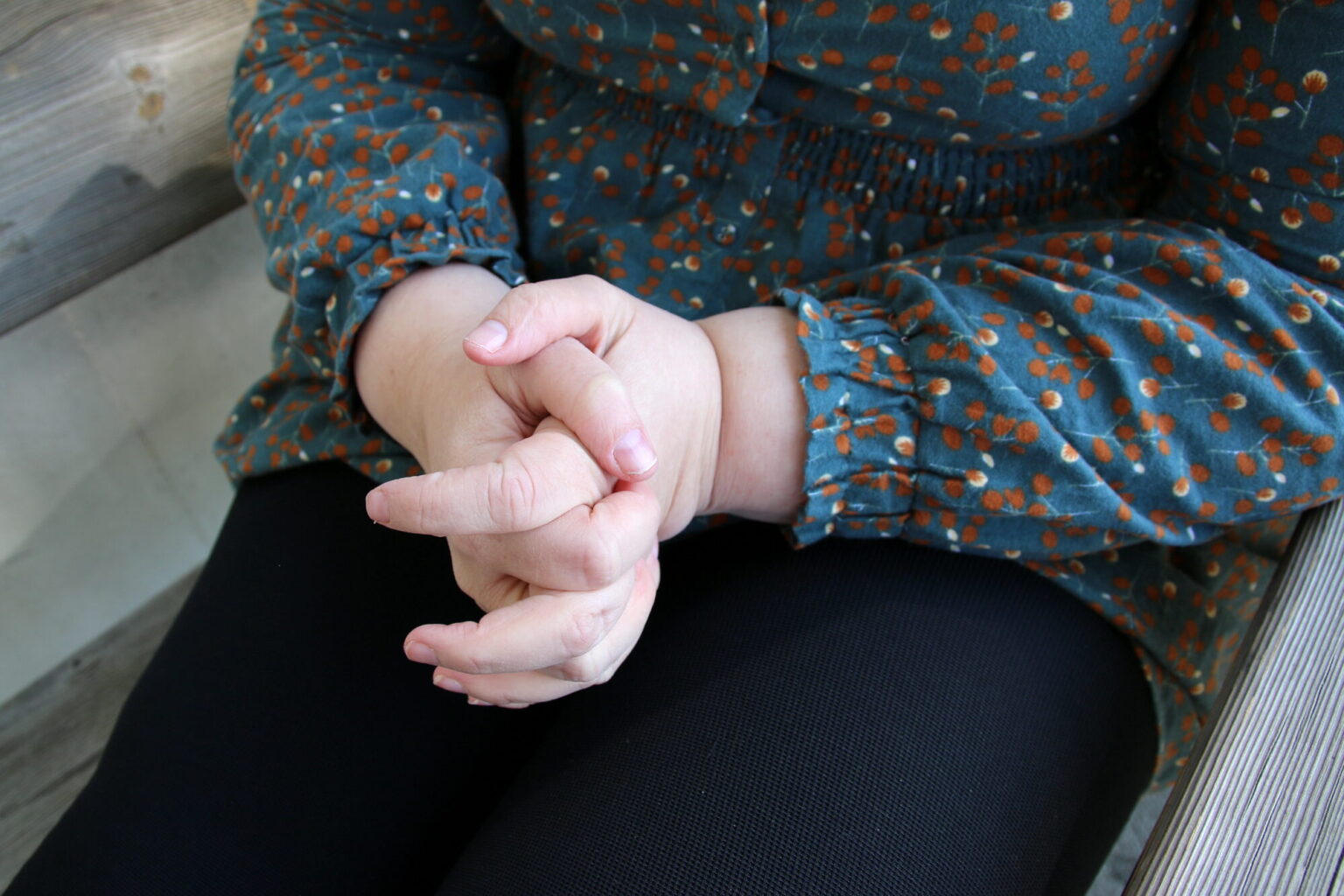
A classic sign of lipoedema is the development of “cuffs” around your wrist. “When I was young, I exercised and ate just like everyone else, but my weight took on a life of its own. It was very frustrating, and it took many years before I understood why,” Kwapeng said. Photo: Anne Sliper Midling
The pain associated with the disease can have a significant impact on quality of life, making movement difficult.
“We don’t know why the disease is so painful. We believe it involves an inflammatory condition in the fat, and that this is what causes the pain,” said Lundanes.
Lipoedema is often hereditary
There are currently no Norwegian national guidelines for the treatment or follow-up of women with lipoedema.
“We also don’t know much about why some women develop lipoedema, except that it appears to be hereditary. It is often the case that several people in the same family are affected by it. The disease often manifests during hormonal changes such as puberty, pregnancy and menopause,” Lundanes said.
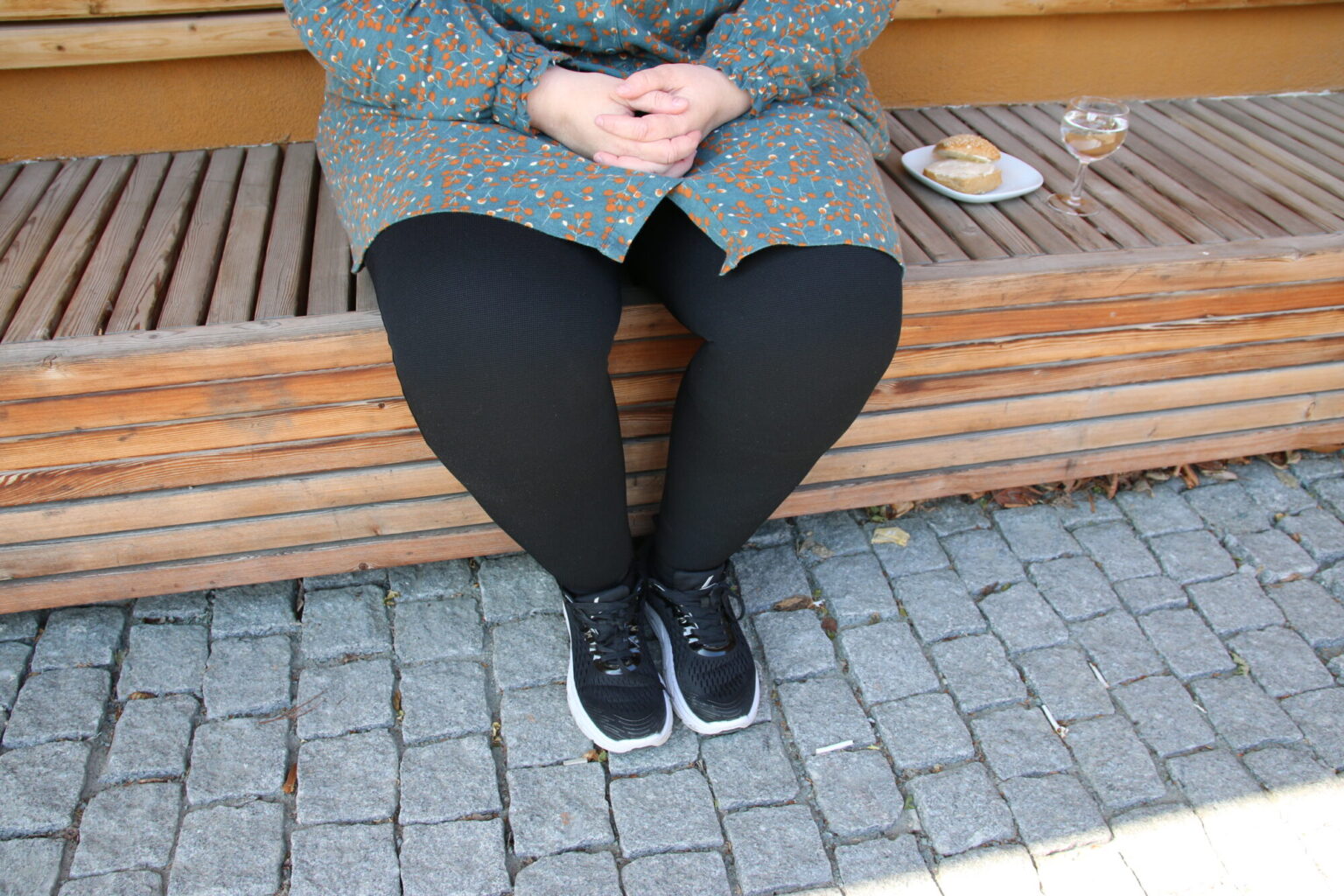
Even though it’s summer and hot outside, Sunniva Kwapeng wears compression pants. She wears them every single day. Compression compresses the fat, reduces pain, and helps Kwapeng function in her everyday life with a full-time job and a small child. Photo: Anne Sliper Midling
The aim of Lundanes’s study was to determine whether a low-carbohydrate diet could serve as an alternative form of treatment for patients with the disease.
She had a sample of 70 women with lipoedema aged 19–73 years old, which was divided into two groups.
One group followed a low-carb diet, while the other followed a low-fat diet. Both groups ate the same number of calories each day, but the amount of carbohydrates and fat varied.
What were the two diets like?
The low-carb diet:
- Participants ate mainly meat, poultry, and fish, eggs, nuts, small amounts of low-carb fruits and vegetables, and dairy products. Butter and high-fat dairy products were replaced with healthy fats such as olive oil and foods rich in polyunsaturated fatty acids.
The low-fat diet:
- This diet consisted mainly of whole grains—including bread, pasta, and rice. Participants also ate legumes, fruits, and vegetables. They were also allowed to eat moderate amounts of eggs, meat, poultry, fish, and low-fat dairy products.
Both groups consumed about 1,200 calories per day.
The participants received weekly follow-up for eight weeks and were tested at the beginning and end of the study. Pain and quality of life were measured through a questionnaire.
The results showed clear differences between the two groups.
Similar degrees of inflammation
“The women in the low-carb group had less pain. The participants in the other group did not experience any change in pain, but both groups reported better quality of life,” said Lundanes.
Tests were also carried out to see if the reduction in pain was due to the low-carb diet leading to less inflammation in the body. This turned out not to be the case.
“There was no difference in changes in inflammation between the two groups. We also measured inflammation through blood tests, so inflammation in the fatty tissue itself still needs to be investigated in order to draw any conclusions,” Lundanes said.
Greater weight loss on the low-carb diet
The women who followed the low-carb diet lost more weight than those who followed the low-fat diet.
“At the end of the study, we found that the women who ate fewer carbohydrates were less hungry than the other group. The feeling of being less hungry is a well-known benefit of low-carb diets once ketosis is achieved. This may have helped these women lose more weight than the other group,” Lundanes said.
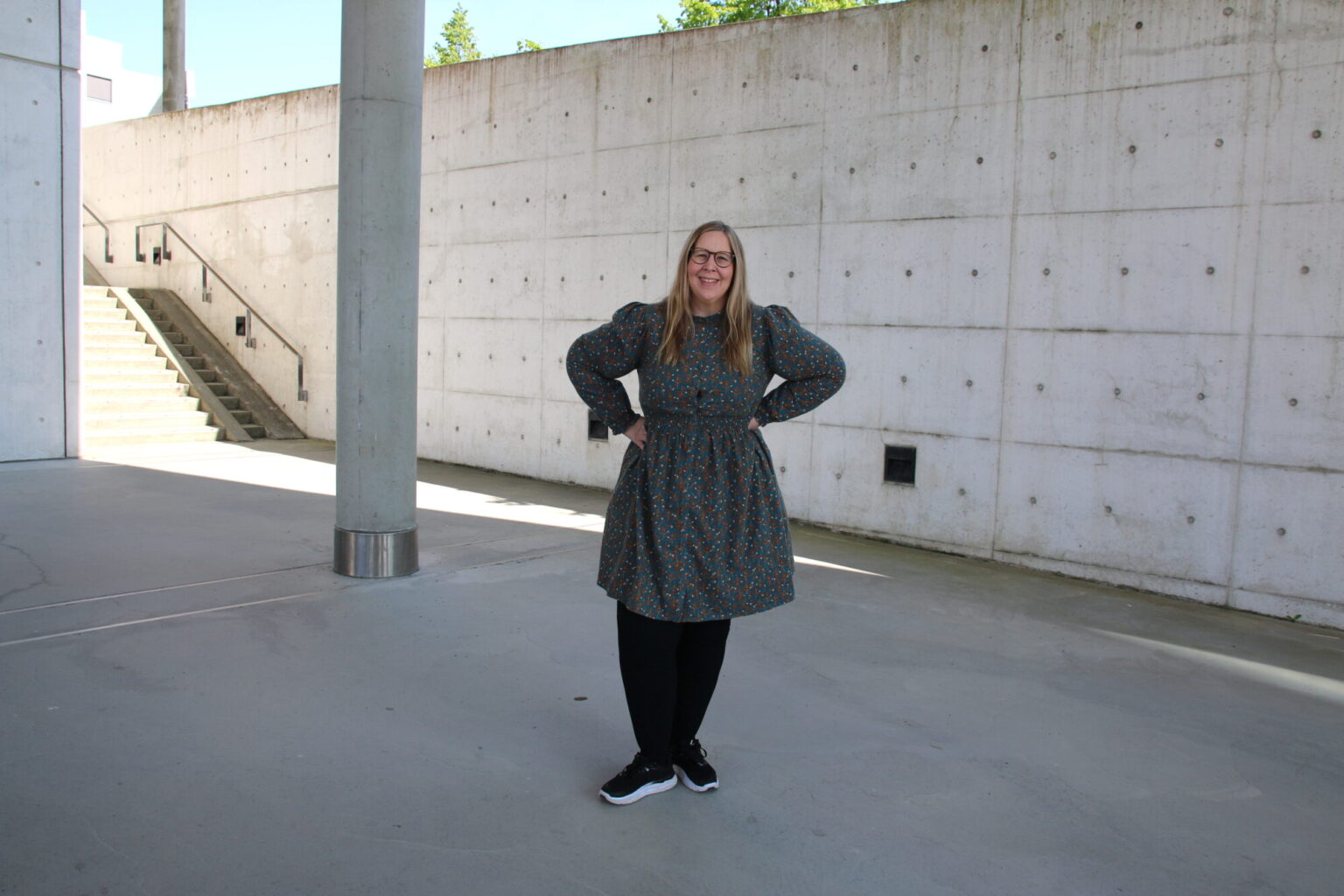
“I love to travel and be social. I train every week, and many people are surprised by how strong I am, but walking up stairs or uphill causes pain right away,” Kwapeng said. Photo: Anne Sliper Midling
There is no treatment that can eliminate the causes of or cure lipoedema. There’s only treatment that can alleviate some of the symptoms.
Liposuction is one option, but it is currently only offered as part of a research study at Haraldsplass Hospital in Bergen. The only other alternative is to pay for private surgery, and that can cost hundreds of thousands of Norwegian kroner.
“The long-term effects of lipoedema liposuction have still not been fully investigated. There is a lack of research in this area too,” Lundanes said.

